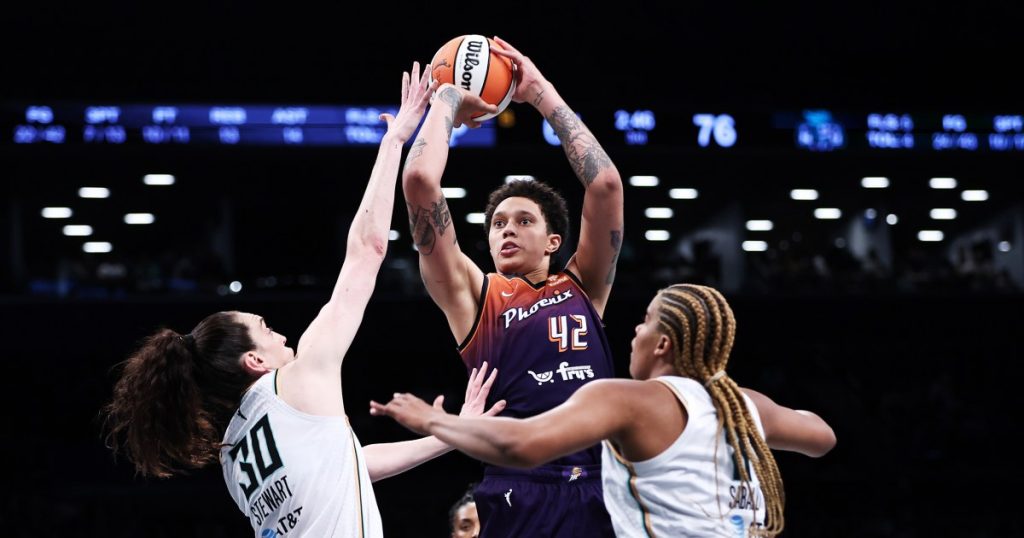Basketball star Caitlin Clark’s modest $76,535 base salary in her first year in the WNBA has brought attention to the league’s significant pay disparity compared to the NBA, prompting many players to play overseas in the offseason to supplement their income. Foreign leagues are able to offer higher salaries due to the absence of salary caps and the ownership of teams by wealthy individuals. Brittany Griner’s high-profile detention in Russia in 2022 highlighted the financial motivations for WNBA players to compete abroad, with some earning over $1 million in salaries.
The wide pay gap between the WNBA and NBA is primarily due to the significantly lower revenue generated by the women’s league. The WNBA’s TV rights deal is worth $65 million, far less than the NBA’s $2.8 billion contract. As a result, many WNBA players can earn three to four times their base salaries by playing overseas during the league’s four-month off-season. The financial incentives of playing abroad are particularly appealing for athletes supporting themselves and their families.
Although Clark’s four-year contract will pay her a total of $76,535 in her first season, she is expected to earn over $3 million in endorsements and partnerships, including a potential eight-figure deal with Nike. However, not all WNBA players will have such lucrative opportunities. The union representing WNBA players did not comment on the pay disparity, while experts suggest that the lack of fan support over the league’s nearly 30-year history has contributed to its financial struggles.
Many WNBA players have opted to compete against other Americans and foreign players overseas in pursuit of higher salaries and league championships. However, some players are exploring alternative opportunities in broadcasting, coaching, and marketing ventures in the U.S. during the off-season. With the nation’s growing interest in women’s basketball, there is hope for increased investment and improved television rights for the league in the future. The potential for sustained growth in viewership could lead to higher salaries for WNBA players in the coming years.
The league’s television rights deal is set to expire after the 2025 season, providing an opportunity for increased investment in women’s basketball. Some teams have already seen sales increases in tickets and merchandise, indicating a positive trend in fan engagement. While some believe that players like Caitlin Clark could draw attention to the league, others are skeptical that one star player can significantly boost overall viewership. The future success of the WNBA could hinge on its ability to capitalize on the renewed interest in women’s basketball and secure more lucrative television deals.


